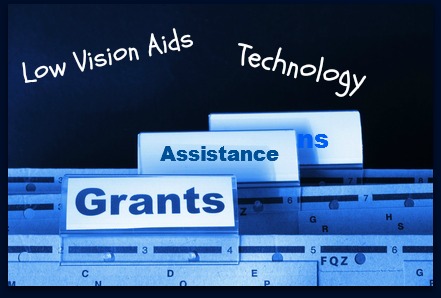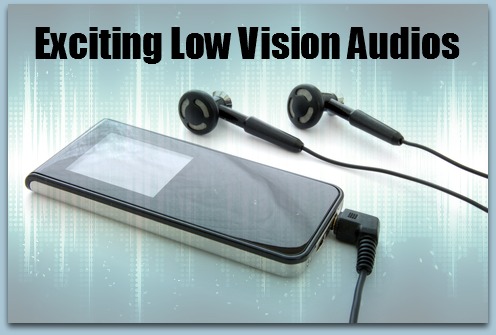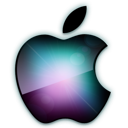Assistive Technology Equipment

.Assistive Technology Equipment is a fairly new trend for the low vision community. If you or a loved one suffers from low vision or visual impairment, you might have heard the term.
Technology helps increase, maintain or improve a person’s low vision so that they can visualize easier.
Examplest include, but are not limited to:
- \High-tech communications, such as apps or computer
- Hardware Computer software
-
Specialized learning materials
- Electronic devices
Paying for Assistive Technology Equipment
Assistive technology can be expensive, especially if you are looking at complex computers or software programs. And, there is no one way to recoup these costs. Paying for these types of equipment depends on the technology, who it is being purchased for and how it will be used. Some ways to get access to assistive technology equipment include:
- Through school systems. Some schools will pay for the general special education learning programs and any needed materials for students with low vision
- Government programs. Assistive technology for the blind may be covered under a program like Social Security, Veteran’s health benefits or Medicaid.
- Private health insurance may also cover assistive technology for the visually impaired.
- Employers may pay for assistive technology equipment if they need to accommodate an employee with special needs, such as low vision.
Free Assistive Technology or Affordable Technology Options
There are some programs that provide free assistive technology for those suffering from low vision. But, this technology is often in the form of grants or government aid. If you are looking for assistive technology equipment for you or a loved one suffering from low vision, you still have options – even if you don’t qualify for funding or special financing.
Today there are numerous apps out there that help those with low vision read, write and communicate. These apps help low vision consumers function in their daily lives too – something not all assistive technologies can do.
For example, the LookTel Money Reader helps people with low vision recognize what currency and denomination they have in their hands. This is especially helpful when paying for items, counting cash or controlling finances. The LookTel app operates through a smartphone’s camera – identifying the type of cash in the person’s hand.
You can get The LookTel Money Reader from Low Vision Technologies today,. We offer apps for those looking for assistive technology. Our apps are affordable and can be used for everything from counting cash to communicating to locating your favorite restaurant.
Digital Talking Books
Talking books are basically computer files that are read to you through a special piece of software. You can either buy a stand-alone player or use software that works through your computer.
Stand-alone players are usually small enough to be portable and are quite simple to use. As well, if you don’t own a computer and you only want the talking book, this would be your more affordable option.
No matter which type you use, these players are fantastic for enjoying your reading experience.
You can easily fast forward or rewind to specific sections of the book and even speed up the narration, if need be, for faster listening.
Video Magnifiers/CCTV
This type of assistive technology equipment can greatly enhance your reading experience.
These are closed-circuit television (CCTV) systems, or video magnifiers, that are either hand-held or mounted on a stand. Through the use of a video camera, the object you’re reading is magnified and displayed for you on a TV screen or computer monitor.
Hand-held devices are, of course, more portable and can be great for seeing labels on food when shopping, as well as reading your newspaper.
For longer reading sessions, stand-mounted devices will sit on your table or desk and avoid the need to hold with your hand.
Each version will provide you contrast options such as reading white letters on a black background and vice versa.
GPS Devices
Global Positioning devices are helpful in terms of helping you know exactly where you are in relation to a specific destination. For example, plotting routes to a local business.
A couple popular models are Leader Dogs for the Blind’s Kapten PLUS GPS (which also comes with FM radio, a memo recorder, and mp3 player) and the Trekker (manufactured by HumanWare Canada), which tells you your location through voice.
Personal Assistive Technology Equipment
In terms of personal health products, many different types of equipment exist:
- Eye drop guides – These hold the eye open in order to deliver accurate doses.
- Talking glucose monitors
- Talking pill reminders – So you’re always taking your medication on time.
- Talking thermometers
- Talking heart rate monitors
- Talking prescription label readers
- Talking scales
- Talking blood pressure monitors
If you’d like to discover more about the abundant world of assistive technology equipment, such as home appliances, computer tutorials, screen readers, Braille translators, etc, then I invite you to fill out the form below so I can send you exciting details.
Get Exciting Low Vision Technological Secrets Sent To You...
Low Vision > Assistive Technology > Assistive Equipment
















